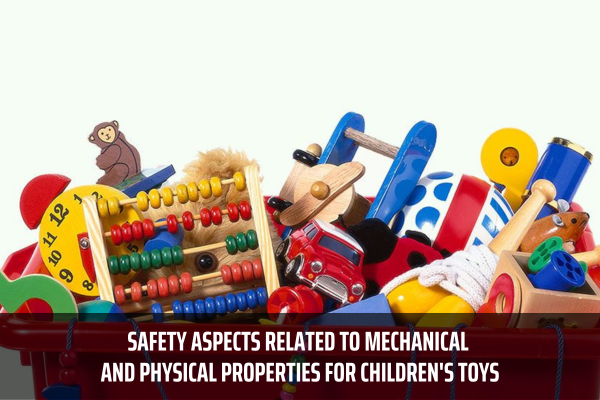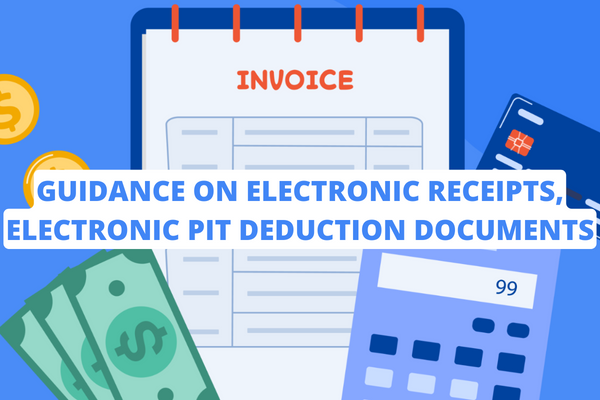What is the National Standard TCVN 6238-1:2017 on Safety aspects related to mechanical and physical properties for children's toys in Vietnam?
What is the National Standard TCVN 6238-1:2017 on Safety aspects related to mechanical and physical properties for children's toys in Vietnam?
The ISO 8124-1:2014 standard is primarily based on EN 71-1 and ASTM F963. ISO 8124-1:2014 is fully accepted as TCVN 6238-1:2017.
However, compliance with this standard does not necessarily mean full compliance with national safety requirements for toys in the market where the product is distributed. Therefore, users of this standard should also refer to relevant national requirements.
Compliance with the requirements of this standard will help minimize potential risks associated with toys when used correctly (under normal conditions) as well as when toys are used incorrectly (in ways that can be reasonably anticipated due to typical child behavior).
TCVN 6238-1:2017 does not exempt parents from their responsibility in choosing toys appropriately. Additionally, this standard does not exclude the need for parental supervision in cases where children of different ages may come into contact with the same toy(s).
Annexes A, B, C, D, and E are for reference purposes but are crucial as they provide accurate explanations for the content of the standard.
The safety of electrical toys is addressed in TCVN 11332 (IEC 62115).
When there is a requirement to indicate the recommended age on the safety label, it can be expressed in years or months.

What is the National Standard TCVN 6238-1:2017 on Safety aspects related to mechanical and physical properties for children's toys in Vietnam?
Vietnam: What is the scope of National Standard TCVN 6238-1:2017?
National Standard TCVN 6238-1:2017 applies to all types of toys, which are products or materials specifically designed or intended for use by children under 14 years of age during play. Unless otherwise specified, these requirements apply to both new toys and toys that have undergone normal use conditions as well as foreseeable misuse due to typical child behavior.
The requirements of this standard specify acceptable standards for the structural characteristics of toys such as shape, size, lines, clearances (e.g. rattling, small parts, sharp and pointed ends, hinge gaps), as well as acceptable standards for specific characteristics of certain toy groups (e.g. maximum kinetic energy value for non-elastic-tipped projectiles, minimum flipping angle for ride-on toys).
National Standard TCVN 6238-1:2017 also specifies requirements and test methods for toys intended for children in different age groups from newborns to 14 years old. These requirements vary depending on the age group of toy users. The requirements for a specific age group reflect the nature of the hazards and the physical and/or mental capabilities that children may have to cope with those hazards.
National Standard TCVN 6238-1:2017 also stipulates that certain types of toys or their packaging must have appropriate warnings and/or instructions for use. Due to language issues between different countries, the standard does not specify how to express warnings and instructions, but only provides them as general information in Appendix B. It should also be noted that there are different legal requirements in many countries regarding labeling.
National Standard TCVN 6238-1:2017 does not aim to include all perceptible potential hazards of a toy or a specific type of toy. Except for labeling requirements indicating hazards related to toy function and appropriate age of use, this standard does not impose requirements on inherent characteristics and hazards associated with the function of the toy.
Example 1: An example of such a hazard is a pointed tip required for the function of a needle. The buyer of a sewing toy set understands the hazard caused by the needle and the hazard caused by this functional pointed tip interacting with the user as part of the usual learning process as well as when purchasing through the warning label on the product packaging.
Example 2: Another example is a two-wheeled toy scooter with obvious and perceivable hazards related to the use of the scooter (e.g. instability during use, especially during practice). The potential hazards related to the structural characteristics of the scooter (sharp edges, pinch hazards, etc.) will be minimized when the scooter complies with the requirements of this standard.
The following products are not within the scope of application of the standard:
- Bicycles, except for those considered as toys, meaning bicycles with a maximum saddle height of 435 mm (Refer to Clause E.1, general provisions);
- Slingshots;
NOTE "Slingshot" is also considered as a "rubber gun" and is usually held by hand; Toy versions of rubber guns and medieval-style stone throwers are not excluded from the scope of this standard;
- Metal-tipped darts;
- Equipment in family and public playgrounds;
- Air guns and air pistols (Refer to Clause E.1);
- Kites (except for the insulating distance of kite strings as specified in the standard);
- Model kits, handicrafts, hobbies where the final product is not primarily used for play;
- Sports equipment, camping equipment, sports training equipment, musical instruments, and household items; however, toy replicas of these items are still within the scope of the standard;
- There may be very small differences, for example, between a musical instrument or a sports equipment and their toy replicas. The manufacturer's or distributor's intention, as well as the foreseeable normal use and misuse due to the normal behavior of young children, will determine whether the product is a toy replica or not;
- Model airplanes, rockets, ships, and motorized ground vehicles; however, toy replicas of these items are still within the scope of the standard (Refer to Clause E.1);
- Collectible items not intended for children under 14 years old;
- Products primarily used for decoration on festive occasions;
- Devices for use in deep water, swimming aids, and buoyancy aids for children such as seated swimming rings and other types of floats;
- Toys installed in public places (e.g. amusement parks, shopping centers);
- Jigsaw puzzles with more than 500 pieces or without a picture, intended for professionals;
- Fireworks, including firecrackers, except for fireworks specifically designed for toys;
- Products with heat-generating parts used under adult supervision for teaching purposes;
- Steam engines;
- Audiovisual toys (videos) that can be connected to a screen and operate at a nominal voltage higher than 24 V;
- Pacifiers for children (pacifiers);
- Realistic imitation weapons;
- Electric ovens, electric irons, or other products with electrical functions operating at a nominal voltage higher than 24 V;
- Bows with an overall length in the static state greater than 120 cm;
- Fashion jewelry for children (Refer to Clause E.1).
What are the safety requirements for children's toy which is small ball?
Based on section 4.5.2 sub-section 4.5 of the National Standard TCVN 6238-1:2017, safety requirements for children's toy which is small ball are as follows:
- A small ball is any ball that completely passes through the test tube when tested according to 5.4 (small ball test).
- Toys intended for children under 36 months old must not be small balls or contain removable small balls.
- Toys intended for children from 36 months old to under 96 months old can be small balls or contain removable small balls, or have small balls that detach during testing according to 5.24 (foreseeable misuse test due to the normal behavior of children), and must have a warning label [see instructions in B.2.5 a), small balls and marbles].
- If the toy has more than one of the following hazards:
- Small parts, small balls, or marbles
- it will be sufficient if the toy or its packaging has one of the warning statements according to B.2.3 or B.2.5, or a combined statement regarding the presence of multiple hazards.
LawNet




